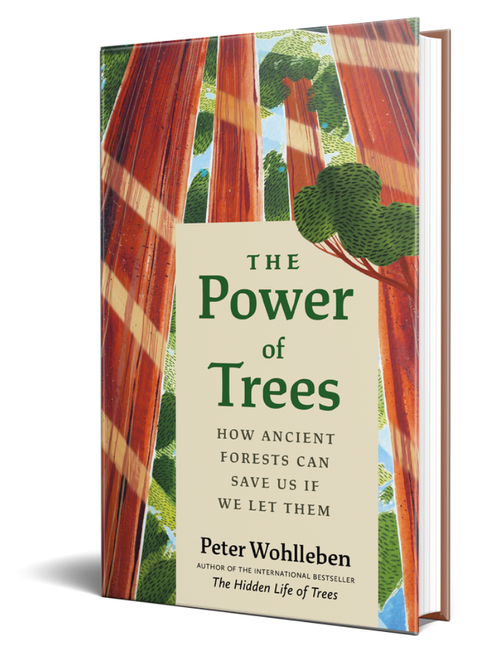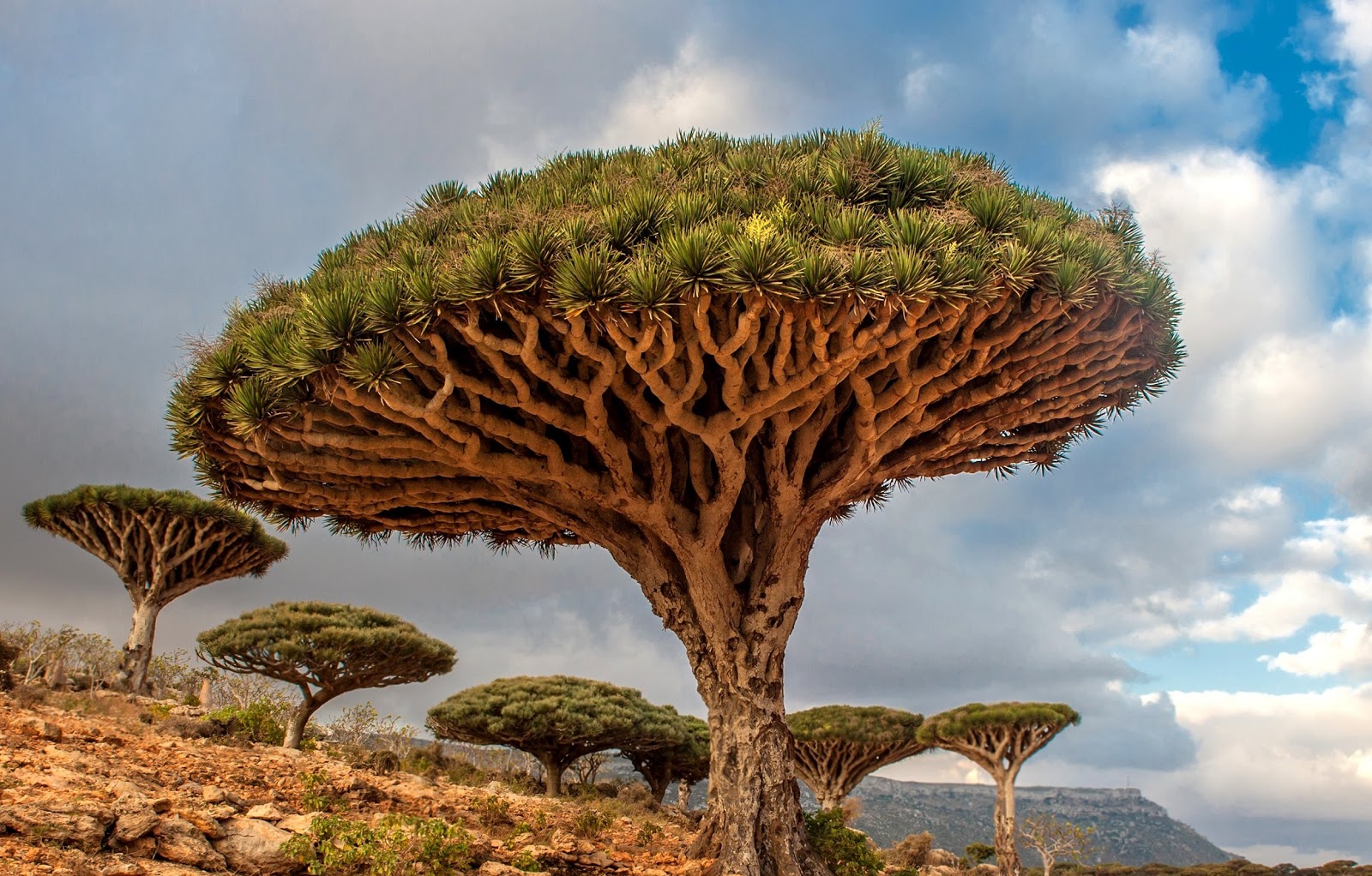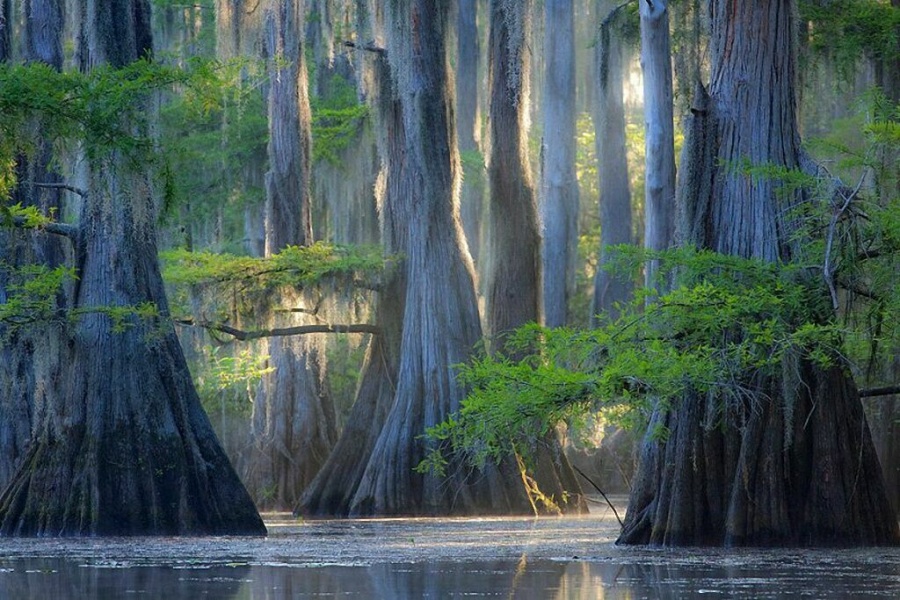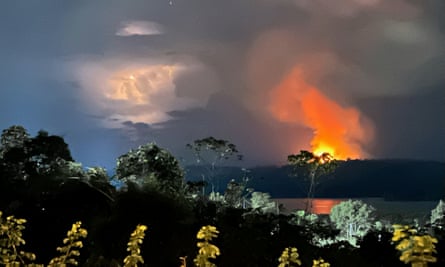This posting is to honour and celebrate the lives, works and achievements of Bruno Pereira and Dom Phillips, who on 5 June 2022, paid the ultimate sacrifice protecting and saving the Amazon Rainforest for all humanity.

The Ginkgo biloba is one of the oldest living tree species in the world. IMAGENAVI/ALAMY STOCK PHOTO
'It is the sole survivor of an ancient group of trees that date back to before dinosaurs roamed the Earth – creatures that lived between 245 and 66 million years ago. It’s so ancient, the species is known as a 'living fossil'.
Fossils of Ginkgo leaves have been discovered that date back more than 200 million years. They are almost identical to the maidenhair tree leaves of today.’- Ginkgo biloba: The tree that outlived the dinosaurs
'The oldest living ginkgo tree in the world is the Li Jiawan Grand Ginkgo King. It is located in Lebang Village in western China. It’s believed to be a bit over 4,000 years old though this may be off by about 500 years in either direction. Li Jiawan Grand Ginkgo King grows at an elevation of around 4,200 feet and it’s almost 100 feet tall. It’s considered the largest ginkgo tree on earth. It’s surrounded by low-lying crops in a valley and it’s a male tree.’
‘The Oldest Fossilized Ginkgo in the World
The oldest fossilized ginkgo remains ever found were more than 200 million years old. The ginkgo tree is considered a living fossil because it has hardly changed since its early days. Ginkgos were alive at the same time that dinosaurs roamed the world.
These types of trees came into existence during the Middle Jurassic and started declining in the Cretaceous. By the end of the Pliocene, all but today’s one extant species in China were gone. Fossilized evidence of ginkgo has been found on every continent.’- Read more
‘Forests fed us, housed us, and made our way of life possible. But they can’t save us if we can’t save them.’
A Must-read article by Jill Lepore, Via The New Yorker


Arbol del Tule Tree, Mexico.- Photo via Infotainment Factory
‘The woods I know best, love best, are made of Northern hardwoods, sugar maple and white ash, timber-tall; black and yellow birch, tiger-skinned; seedlings and saplings of blighted beech and striped maple creeping up, knock-kneed, from a forest floor of princess pine and Christmas fern, shag-rugged. White-tailed deer dart through softwood stands of pine and hemlock, bucks and does, the last leaping fawn, leaving tracks that look like tiny human lungs, trails that people can only ever see in the snow, even though, long after snowmelt, dogs can smell them, tracking, snuffling, shuddering with the thrill of the hunt and noshing on deer scat for dog treats. I make lists of finds, two-winged, four-footed, and rolling: black-throated green warblers and blue-headed vireos, porcupines and salamanders, tin cans and old tires, deer mice and fisher cats, wild turkeys and ruffed grouse, black bears and, come spring, their tumbling, potbellied, big-eared cubs.
Even if you haven’t been to the woods lately, you probably know that the forest is disappearing. In the past ten thousand years, the Earth has lost about a third of its forest, which wouldn’t be so worrying if it weren’t for the fact that almost all that loss has happened in the past three hundred years or so. As much forest has been lost in the past hundred years as in the nine thousand before. With the forest go the worlds within those woods, each habitat and dwelling place, a universe within each rotting log, a galaxy within a pine cone. And, unlike earlier losses of forests, owing to ice and fire, volcanoes, comets, and earthquakes—actuarially acts of God—nearly all the destruction in the past three centuries has been done deliberately, by people, actuarially at fault: cutting down trees to harvest wood, plant crops, and graze animals…
The first trees evolved about four hundred million years ago, and pretty quickly, geologically speaking, they covered most of the Earth’s dry land. A hundred and fifty million years later, during a mass-extinction event known as the Great Dying, the forests perished, along with nearly everything else on land and sea. Then, two million years after that, the supercontinent broke up, a seismic process whose consequences included depositing oil, coal, and natural gas in the places on the planet where they can still be found, to our enrichment and ruination. The trees returned. The ginkgo is the oldest surviving tree species, its fan-shaped leaves unfurling lime green in spring and falling, mustard yellow, in autumn…
“If you think about it, a tree is a tricky place in which to live,” the biologist Roland Ennos writes in “The Age of Wood” (Scribner). Ennos argues that dividing human history into the Stone Age (beginning two and a half million years ago), the Bronze Age (3000–1000 B.C.E.), and the Iron Age (1200–300 B.C.E.)—a scheme invented in the nineteenth century by a Danish antiquarian—misses the earliest and most important era, the Wood Age…’- Continue to read: What We Owe Our Trees
‘Connecting Heaven and Earth – the Essence of Trees.’

'As Above, So Below: Trees Connect Us to Earth and Heavens.' -Photo and caption via natural awakening
‘In traditional Chinese medicine health can only exist when there is balance between heaven and earth. All the yang meridians carry energy from heaven to earth and all the yin channels start from earth and rise towards heaven. If there is blockage or excess in any of these energy flows the result is first dis-harmony and then physical illness. I often think of trees when I contemplate this energy template. For sure, healthy trees are reaching towards heaven while being firmly rooted in earth and indeed bringing light and moisture from heaven to nourish the roots.
Heaven is pure because of its tranquility, earth is at peace because of its stillness– everything alive that goes against this principle perishes, and everything that masters and abides by it lives. What is silent becomes the abode of the illuminating spirit of the universe. Emptiness is where the Dao dwells. It is common for people to seek to live this truth on the outside without holding it on the inside, or to grasp it on the inside but then not live by it on the outside. This is very much like the relationship between the root and the branches of a tree. If you approach matters from the root, there is not a single one of the 1,000 branches and the 10,000 leaves that will not follow along. Our spirit (jingshen) is thus inspired by heaven, while our physical form is given to us by earth…’- Continue to read
The Power of Trees
A Must-read book
‘They communicate, filter the air and are as complex as any animal. Welcome to the world of trees.’

‘...He starts with wise words for those entering a forest: “Slow down, breathe deep and look around.” Not only is the air cleaner under trees, as their leaves filter out harmful pollutants, but pine forests release defensive compounds that kill germs: “Trees disinfect their surroundings.” Trees also release oxygen, so a walk in the woods is “like taking a shower in oxygen”. Wohlleben’s aim is to let us see the trees and forests around us not just as “lumber factories” but as wondrous organisms, as complex as any animal. Trees are, for instance, “social beings”, communicating with each other through their roots, thanks to the fungal “wood wide web” that permeates the forest soil, even sharing nutrients in hard times. Wohlleben’s book will change your view of the wooded world.’- PD Smith
‘In The Hidden Life of Trees Peter Wohlleben makes the case that the forest is a social network. He draws on groundbreaking scientific discoveries to describe how trees are like human families: tree parents live together with their children, communicate with them, support them as they grow, share nutrients with those who are sick or struggling, and even warn each other of impending dangers. Wohlleben also shares his deep love of woods and forests, explaining the amazing processes of life, death and regeneration he has observed in his woodland.
'A walk in the woods will never be the same again.’
Buy this book HERE
The Planet’s Most Amazing Trees and Where to Find Them

Socotra Dragon's Blood Tree (Dracaena cinnabari)
‘Designated a UNESCO World Heritage Site, Socotra is an isolated archipelago that lies 240 miles off the coast of Yemen. Many of the plants that grow on the islands are not found anywhere else on the planet. The Socotra Dragon´s Blood Tree has a maze of squat branches that are topped with a flat crown of leaves. The tree’s red sap gives rise to its name and has been used to make dyes and medicines for centuries.’
See the rest of them HERE
See also: The 18 Most Memorable Trees in Literature
10 Most Famous Trees in the World
Now let us get inspired by our wise teachers, the oldest living organisms on earth, and connecting heaven and earth- TREES: A pick from our archive
Trees Are The Living Library of Life

Photo: Cypress Trees, Caddo Lake.-Photo:Pinterest
World in Chaos and Despair: The Healing Power of Trees
Celebrating the tree of life that has shaped human history and civilisation
Happy International Day of Forests 21 March 2018
Are you physically and emotionally drained? I know of a good solution!
‘Nature and Me’: ‘Nature as a Cure for the Sickness of Modern Times’
In Search of Well-being, Joy and Happiness: ‘Nature and ‘Forest Bathing’ is the Path
The Inspiring Story of a Giant Sequoia (Mammoth Tree) of California
World in Chaos and Despair: The Healing Power of Gardens
A Sure Path to build a Better World: How nature helps us feel good and do good
Neoliberalism and the death of Nature in Sheffield and the world over
Staring into the Abyss: When Paradise is Destroyed for Cheaper Meat
Slaughtering the Amazon Rainforest in the interest of Greed for Cheapest Beef and Leather

Paradise Set on Fire, making room for cattle ranching. -Photo: Jon Watts/The Guardian
Witness to paradise being lost: my year in the dying Amazon
More than 800m Amazon trees felled in six years to meet beef demand
The multinational companies that industrialised the Amazon rainforest
A look at some of the corporations that dominate the Amazon
A visual guide to deforestation in Brazil’s Amazon rainforest
The Two Heros who paid the ultimate sacrifice protecting the Amazon Rainforest
 Photo: Bruno Pereira and Dom Phillips. Composite: The Guardian
Photo: Bruno Pereira and Dom Phillips. Composite: The Guardian
How the final journey of Dom Phillips and Bruno Pereira ended in tragedy
GCGI is our journey of hope and the sweet fruit of a labour of love. It is free to access, and it is ad-free too. We spend hundreds of hours, volunteering our labour and time, spreading the word about what is good and what matters most. If you think that's a worthy mission, as we do—one with powerful leverage to make the world a better place—then, please consider offering your moral and spiritual support by joining our circle of friends, spreading the word about the GCGI and forwarding the website to all those who may be interested.

Amazon Sunrise by MGL Meiklejohn Graphics Licensing
